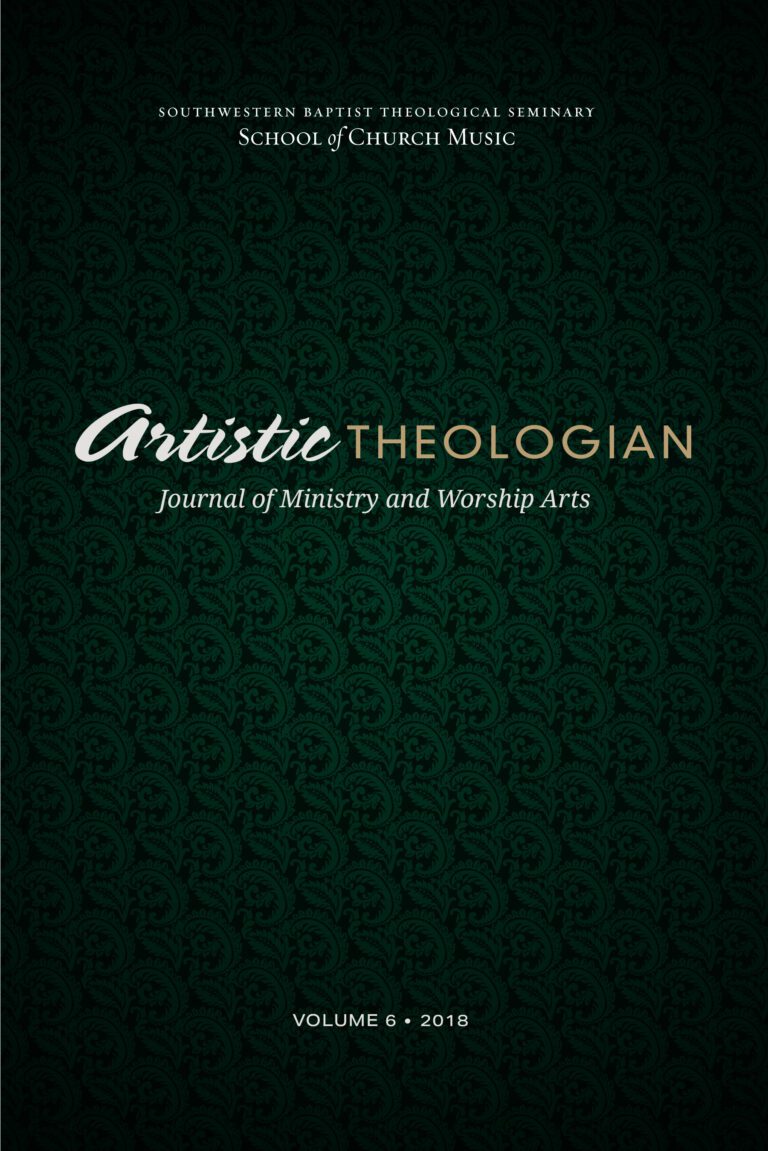
When We Come Together
Artistic Theologian
Volume 6, Summer 2018
Editor-in-Chief: Scott Aniol
Thumbprint in the Clay: Divine Marks of Beauty, Order and Grace, by Luci Shaw. Downers Grove, IL: InterVarsity Press, 2016. 203 pp. $12.39.
Luci Shaw, the author of the recently released book Thumbprint in the Clay: Divine Marks of Beauty, Order and Grace, writes of all things beautiful. With past experience as a co-founder of her own publishing company and a charter member of the Chrysostom Society of Writers, she is now Writer in Residence at Regent College in Vancouver, Canada. A prolific poet, she has written several volumes of poetry as well as prose. Some of her works include, Sea Glass: New & Selected Poems, Polishing the Petoskey Stone, Writing the River, and What the Light was Like. She also has collaborated with writer Madeleine L’Engle on WinterSong, Friends for the Journey and A Prayer Book for Spiritual Friends. Shaw currently lives in Bellingham, Washington.
Thumbprint in the Clay is a meditative reflection in which Shaw shares her love of nature, art, and beauty. Her purpose in relaying her encounter with things of beauty is to point the reader to the one in whom beauty originates. She finds repeated patterns of God’s distinctive mark, or “thumbprint” in the world, including His creatures. She reasons that if God, the Divine Potter, impressions us as His handiwork, then we are in turn a reflection of His image.
Within the twelve chapters of her book, Shaw points to the beauty of the world and surmises that “Beauty is Love” (Kindle, 159). She takes the reader on a journey of art appreciation beginning in her own home with her favorite coffee mugs to the Frio River of the Texas hill country. She recognizes that ubiquitous patterns emerge in the “faces of the earth” (the title of one of her chapters) as a means to satisfy man’s endless longing for beauty. She finds detailed patterns in “a snail shell” as well as lovely “wisteria vines” (Kindle, 192). The pattern in the human thumbprint serves as an identifying mark. She observes that while some patterns are functional, they also are inherently beautiful. These artistic patterns point us to a Creator, as she writes, “We are living proof of the Creator’s skill, and we hope we bring him not only usefulness but gratification” (Kindle, 123)!
Shaw also observes that like our Maker, mankind loves to create. For example, she recalls her trip that led to the art inscribed on rocky walls by ancient peoples. She understands their primal need to make a mark on this earth, even in the midst of survival. She cites her own need to create “word pictures, scraps of verbal art” (Kindle, 242). Furthermore, she writes that “we, as responders, are called on to create in the image of our Creator” (Kindle, 349).
Shaw further discusses the essence of beauty. She concludes that “beauty doesn’t reside simply in what we observe . . . but in how we perceive and distinguish, with all our senses” (Kindle, 346). Therefore, she communicates the idea that beauty can be missed if one is not attuned to it. She relays that she has made it a practice to look for beauty. In this way, she invites others to look for it, too.
Shaw’s poetic style is one of her greatest strengths in this work. For example, she makes use of alliteration that gives an ebb and flow to her writing. This can be seen in the following, “Water winks from the streambeds that weave along the canyon floor” (223). Though many of her poems are placed throughout, the book might have also benefited from some illustrations or drawings.
The value of this book is the mindfulness that it creates for the reader. In a modern world of rush and hurry, it is good to read something that slows down the pace and helps one to “stop and smell the roses,” to ponder the beauty of creation. Those who believe in God as their Maker would no doubt appreciate Thumbprint in the Clay as a fresh reminder of divine beauty in nature. However, Shaw gives testimony of her Creator in such a poetic way that it might also capture the attention of a non-believer. It might at least cause them to consider the possibility of a Designer that has placed His “thumbprint” on us all.
Zelda Meneses-Reus
Southwestern Baptist Theological Seminary





